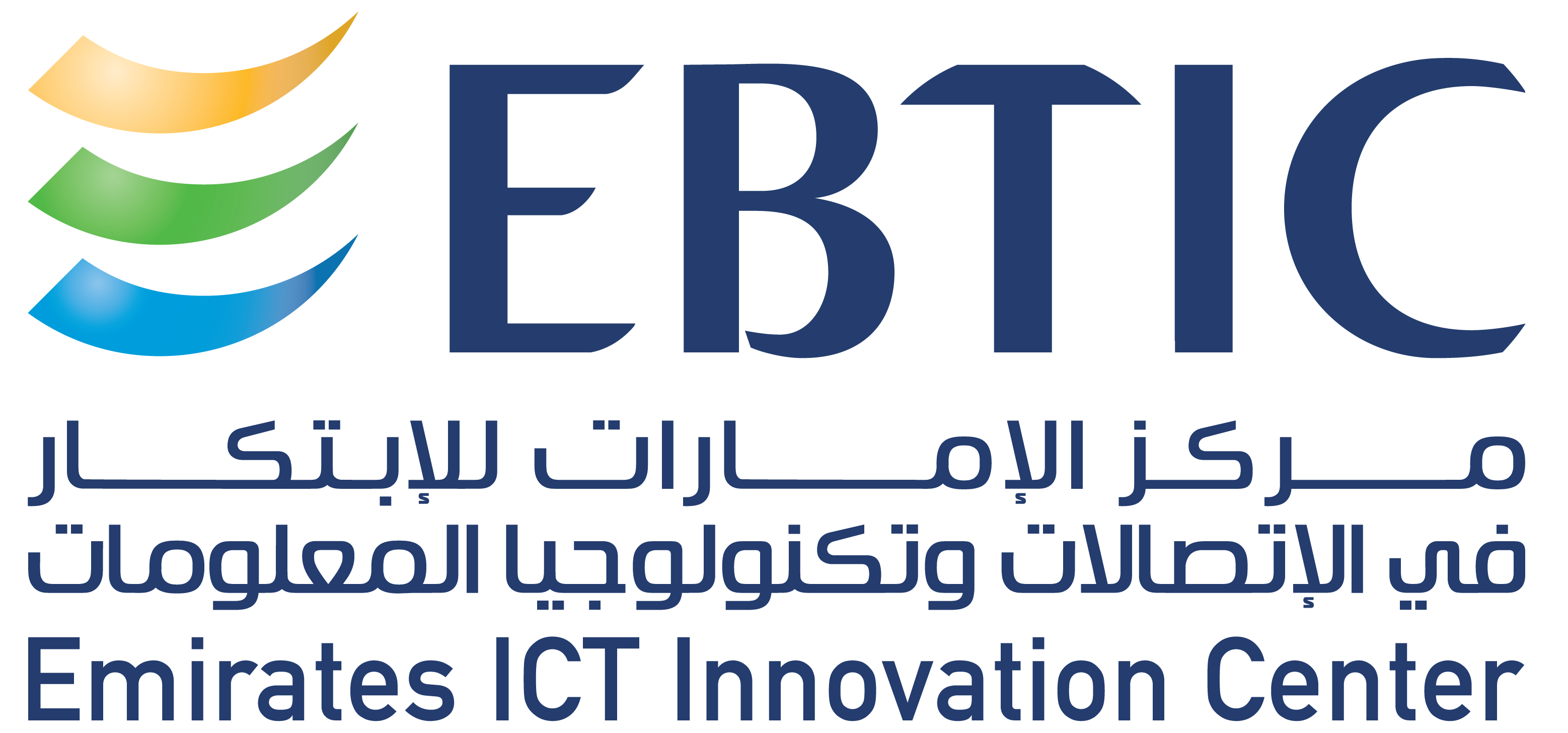
A researcher from the Emirates ICT Innovation Center (EBTIC), a joint research and innovation center established by Khalifa University, Etisalat and BT and based at Khalifa University, has penned four books in the last two years that shed light on the foundations and inner workings of Internet Protocol (IP) networking. IP networking is the packet routing technology at the core of today’s information and communication infrastructure and central to emerging technologies such as 5G.
Dr. James Aweya, Chief Researcher at EBTIC, is the sole author of the four books. The latest books, titled “IP Routing Protocols: Fundamentals and Distance-Vector Routing Protocols” and “IP Routing Protocols: Link-State and Path-Vector Routing Protocols” were published this year by CRC Press, one of the world’s leading science and technology publishers.
The two earlier titles include “Switch/Router Architectures: Systems with Crossbar Switch Fabrics,” published in 2019 also by CRC Press, and “Switch/Router Architectures: Shared-Bus and Shared-Memory Based Systems,” published in 2018 by Wiley.

Before and during his time at EBTIC, Dr. Aweya has developed a number of patented, industry-first technologies that are helping to accelerate the transition from circuit-based time-division multiplexing (TDM) networks to packet-based networks. This, in turn, has supported the deployment of newer mobile networks and services.
One of the technical challenges preventing the deployment of packet-based networks for mobile services is the need for very accurate clock synchronization in the network between source and destination – an essential capability for delivering present day and emerging mobile services. Traditionally, this has been delivered over time-division multiplexing (TDM). Understanding such mechanisms is critical for understanding the design and deployment of newer and emerging services and applications, which now are all based on IP.
The books aim to present the fundamentals behind IP routing protocols. Internet Protocols, or IPs, are the set of rules for routing and addressing packets of data so that they can travel across networks and arrive at the correct destination. Each packet is routed hop-by-hop through a series of routers, and across multiple networks from source to destination. Each hop in this case represents a routing device (or router).
IP routing protocols are the set of procedures and rules that govern how routers communicate with each other to exchange routing information about how destinations can be reached. The IP routing protocols serve as the brains behind the routers and provide information about how paths can be constructed between networks from a packet’s source to its destination.
The inspiration for his books came during the 13 years when Dr. Aweya worked as a Senior Systems Architect with the global telecom company Nortel, based in Ottawa, Canada. During his time there, Dr. Aweya worked on communication networks, protocols and algorithms, router and switch design, and other telecom and IT equipment design.
The first book, “IP Routing Protocols: Fundamentals and Distance-Vector Routing Protocols,” covers the fundamentals of networking and routing protocols as well as the design and application of the two main distance-vector routing protocols in use today, RIPv2 and EIGRP. These routing protocols are suitable for small to medium size networks ,such as those used in companies, universities, hospitals and airports.
The second book, “IP Routing Protocols: Link-State and Path-Vector Routing Protocols,” covers the design of the link-state routing protocols (OSPF and IS-IS) and path-vector routing protocol (BGP). These link-state routing protocols are mostly used in large-scale networks such as those used by service providers and telecom companies. BGP is the main protocol used to interconnect all the different and separate enterprise and service provider networks to create the global Internet as we know it.
The books are presented from a practicing engineer’s perspective, linking theory and fundamental concepts to common industry practices using real-world examples. They target practicing engineers and researchers and can also be used as senior undergraduate and graduate level textbooks. Each book contains many illustrations and each chapter ends with review questions and references.
The third and fourth books, “Switch/Router Architectures: Systems with Crossbar Switch Fabrics” and “Switch/Router Architectures: Shared-Bus and Shared-Memory Based Systems,” describe the design of the routing devices that run the IP routing protocols described in the IP Routing Protocol books.
Dr. Aweya received his BSc (Hon) degree in electrical and electronics engineering from the University of Science and Technology, Kumasi, Ghana, an MSc in electrical engineering from the University of Saskatchewan, Saskatoon, Canada, and a PhD in computer engineering from the University of Ottawa, Canada. He has authored approximately 54 international journal papers, 40 conference papers, 43 technical reports, and has been awarded 68 US patents, with several patents pending. He was awarded the 2007 Nortel Technology Award of Excellence (TAE), Nortel’s highest technology award, for his pioneering and innovative research on “Timing and Synchronization across Packet and TDM Networks.” He was also recognized in 2007 as one of Nortel’s top 15 innovators.
Today, Dr. Aweya is a Chief Researcher at EBTIC. Established by Etisalat, BT, and Khalifa University, and supported by the UAE’s ICT Fund, EBTIC aims to advance intelligent systems technologies for the Next Generation Networks (NGNs) and NGN-enabled ICT applications and services. The books written by Dr. Aweya contribute significantly to the ongoing work in EBTIC.
Dr. Aweya and the Smart Infrastructure team at EBTIC are working towards creating a start-up company that will offer a highly competitive offering in the field of network synchronization, that would be applicable to such sectors as finance, energy, industry 4.0, smart city and telecommunications.
Links to purchase books:
IP Routing Protocols: Fundamentals and Distance-Vector Routing Protocols
IP Routing Protocols: Link-State and Path-Vector Routing Protocols
Switch/Router Architectures: Systems with Crossbar Switch Fabrics
Switch/Router Architectures: Shared-Bus and Shared-Memory Based Systems
Erica Solomon
Senior Publication Specialist
21 April 2021






